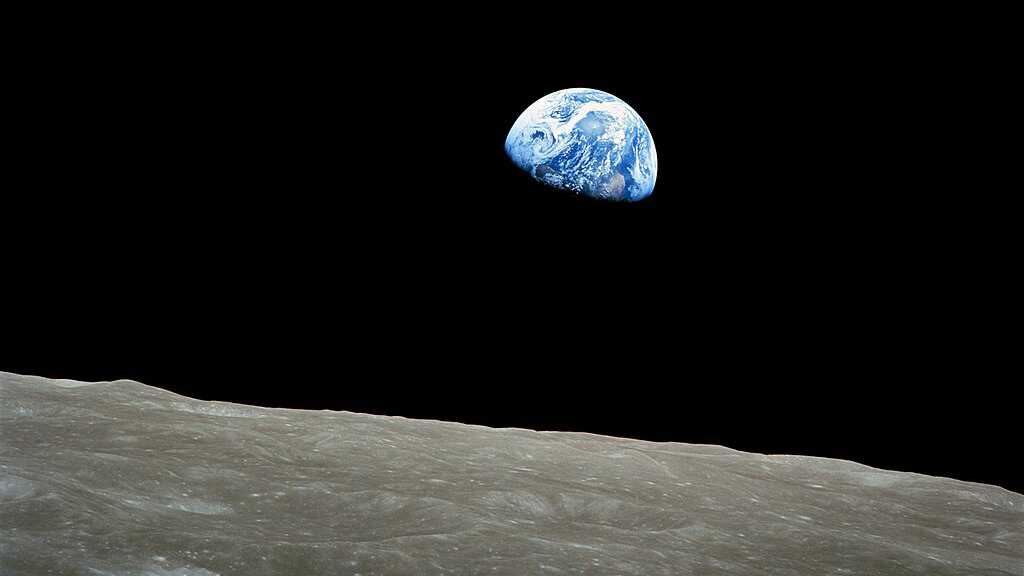Origin of the Moon

The Moon, as the nearest celestial object to the Earth, is the only other rocky body to have been explored by humankind. Following the return of samples from the Apollo missions, the close chemical and isotopic kinship of the Earth and Moon prompted the development of new models in which, either the Moon and Earth are made from similar material, or the proto-Earth and a Moon-forming impactor were so well mixed so as to erase any pre-existing heterogeneities. Defining the Moon’s composition, and, more precisely, explaining why it is so dry (Sossi et al. 2018; Day et al., 2019; Tartèse et al., 2021; Charnoz et al., 2021) as well as its structure are therefore key to testing ideas as to its origin. In collaboration with the High Pressure Geology group, we are currently examining the oldest known lunar samples – Ferroan Anorthosites (FANs) – to understand the formation of the Moon. Chemical- and spectroscopic analyses are supplemented by experimental approaches using piston cylinder apparatuses to test the chemical consequences of the crystallisation of a lunar magma ocean on the petrogenesis of FANs and other lunar lithologies (e.g., Krättli and Schmidt, 2022). Better definition of the interior structure of the Moon using existing geophysical and bulk geochemical data are important objectives for the group.
Researchers
- Weronika Ofierska
- Julián Villamizar
- Christian Liebske
- Max Schmidt
- Amir Khan